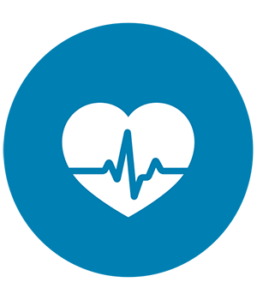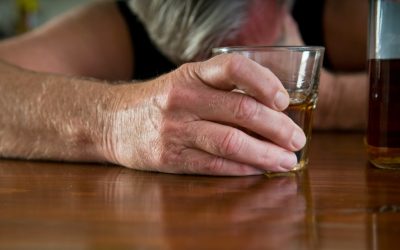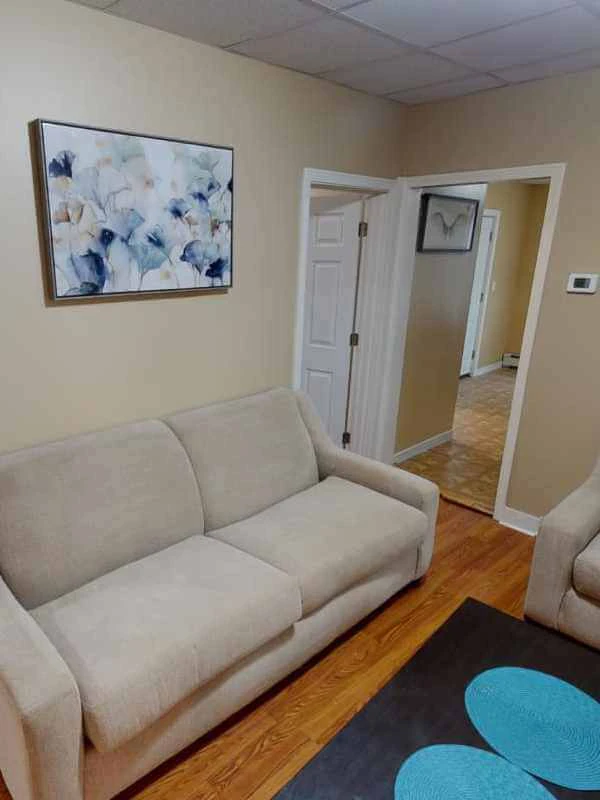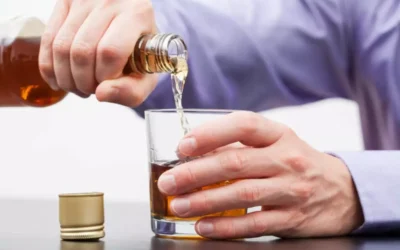What’s a Halfway House? Benefits, Rules & How to Find One Blog
Unlike leaving treatment against medical advice (AMA), leaving a halfway house can bring significant consequences. For those placed there after being released from prison, halfway home confinement has strict rules. If you run away from a halfway house, this is regarded as an “escape” that could carry the same felony charges as breaking out of prison. Under federal statutes, the convictions for an escape charge can be anywhere between two to five years.

However, residents may be asked to limit the number of calls they make. To utilize this service, visitors must first schedule the video visit with the halfway house staff and have it approved. The staff will notify you when you have been given the green light to visit a loved one via video chat. Should there be technical difficulties or connection issues during the video visit, visitors may notify the staff so they can consider extending their time slot. Moreover, apparel that promotes offensive, sexually-oriented, racist, illegal, or narcotic activity messages are not allowed inside the halfway house. This includes clothing that depicts a message in either text or art that could influence the safety and security of the residents and the facility.
Court-Ordered Halfway Houses
You’ll want to check with your insurance carrier to see what coverage they offer for a stay at a halfway home. According to research published in the Journal of Psychoactive Drugs, halfway houses and sober homes are highly effective in the ongoing treatment of substance use disorder. If you’re newly sober, have gone through detox, are willing to stay sober, and can commit to living by the house rules, you can live in a halfway house. If you’re committed to living a sober lifestyle but aren’t ready to transition to life at home, a halfway house is a great option to consider. Halfway houses provide support to those who are new to recovery and are committed to a life without their addiction.

Some halfway houses require residents to pass a drug screening and/or breathalyzer test, as they’re not equipped to deal with withdrawal symptoms or delirium tremens. Halfway houses are ideal for people who’ve already gone through medical detox and have completed an inpatient or outpatient treatment program. The state-placement of ex-criminal offenders to a “halfway house” after a prison sentence may either be decided upon as part of the judge’s sentence or by a prison official’s recommendation. A direct sentence to a halfway house can be decided upon by a judge or prosecutor in lieu of prison time. Some halfway houses are dedicated to help people who have completed addiction treatment. Halfway houses and sober living homes ease people from inpatient treatment to independent living.
Other Treatment Options for Addiction
Martindale-Hubbell® Client Review Ratings™ display reviews submitted by individuals who have either hired or consulted the lawyers or law firms. Copyright © 2024, AddictionHelp.com The information provided by AddictionHelp.com is not a substitute for professional medical advice. View our editorial content guidelines to learn how we create helpful content with integrity and compassion. American Addiction Centers (AAC) is committed to delivering original, truthful, accurate, unbiased, and medically current information. We strive to create content that is clear, concise, and easy to understand.
Think of sober living as your support net as you practice new skills, gain new insight and shape your new life in recovery with other people who are possibly facing the same challenges. Sober-living homes provide a strong support network https://ecosoberhouse.com/ and community to help you safely navigate the tough spots and triggers you may encounter. At Lighthouse Recovery Institute, we have aftercare recovery programs to help you maintain sobriety, especially in the early recovery days.
How Yoga for Addiction Recovery Works
Halfway houses are usually located in residential areas, and occasionally, neighboring homes and businesses are opposed to the idea of the halfway house being in their community. A typical participant will live at a halfway house for 3-12 months, with a maximum time limit of 12 months allowed for average residents. Federal prisoners are usually only approved for 12 months, but there is no limit to how long a federal prisoner what is a halfway house may be placed in a halfway home. During their stay, residents will participate in additional treatment services, including attending support groups and practicing life skills to help them after they leave. A halfway house is an institute for people with criminal backgrounds or substance use problems to learn (or relearn) the necessary skills to re-integrate into society and better support and care for themselves.
As well as serving as a residence, halfway houses provide social, medical, psychiatric, educational, and other similar services. They are termed “halfway houses” due to their being halfway between completely independent living and in-patient or carceral facilities, where residents are highly restricted in their behavior and freedoms. A halfway house is often connected with an addiction treatment program directly. It can offer a seamless continuum of care for people to move straight from rehab into a group residence. If these services are not provided on site, the halfway house may offer transportation to these services. Some homes may offer assistance with transportation to other important appointments or meetings.
Some sober living programs are typically in single-family homes in residential areas. Oceanfront Recovery operates a successful and respected sober living program and can guide you or a loved one through the benefits as recovery becomes more and more of a reality. In supporting someone’s recovery, setting clear expectations and boundaries is essential.
Residents are not allowed to have visitors who have an outstanding warrant, are on parole, or are otherwise deemed a security threat. Those with a history of drug trafficking, alcohol addiction, or criminal offense are not allowed entry. Moreover, there is a limit on the number of visitors a resident is allowed to have at a given facility. Family members, close friends, and legal counsel are allowed to visit. In most houses, visitors need to be approved by the staff in advance, so calling ahead to set an appointment is imperative. Paying a visit to loved ones to offer them words of encouragement is a great way for families and friends to show them care and concern.

















